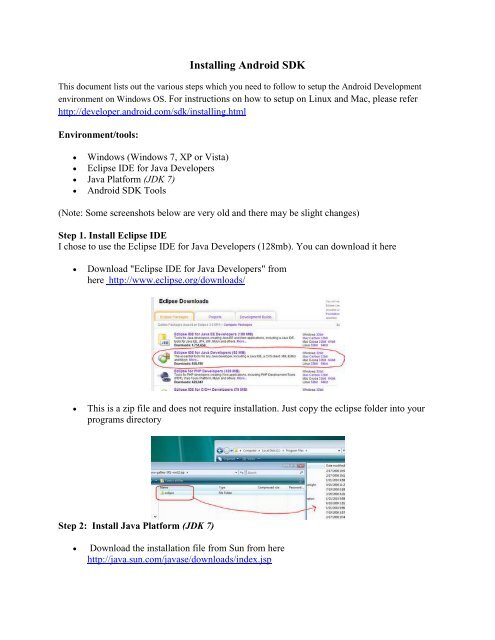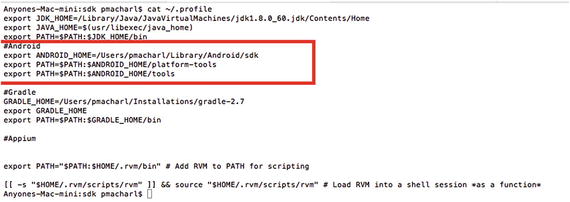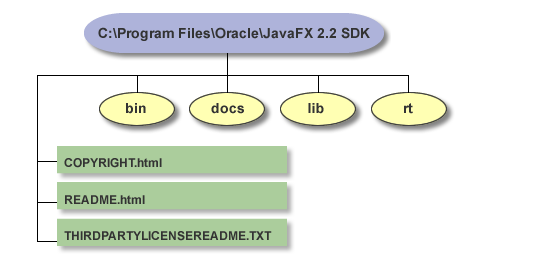Java 2 Sdk Mac
The idea behind this was taken from a documentary I came across called 'Royal Marines - Afghan Mission'. Arma 2 campaign walkthrough cheats. If you haven't heard of it, I highly recommend you lo Author: JCae2798 AKA GigaS Version: 1.1Island(s): Kunduz, AfghanistanPlayable options: N/ARequirements: Community Base addons A3, 3CB BAF Units & Weapons & Equipment & Vehicles, Kunduz, Afghanistan, Community Upgrade Project - Terrains Complete & Vehicles Pack & Units Pack & Weapon Pack, ARP Objects, British Ridgback PPV Tags: No tagsComments Rating. (Hits: 20497)Date: 2016-03-12Short description: Ladies and gents, I present to you, a campaign designed around the Royal Marines in Afghanistan.
For Mac's go to this page. Pick the appropriate link. I will talk through what to do if you are using Windows. If you are using a Macintosh click here for a page with instructions on how to download and install Java for the Mac. If you are using Linux I assume you don't need much help and you can just click on the Linux download and follow the. Java package structure of Mac OS is a bit different from Windows. Don't be upset for this as a developer just needs to set PATH and JAVAHOME. So in.bashprofile set JAVAHOME and PATH as below. The IBM ® SDK, Java ™ Technology Edition, Version 8 ™ is the latest release of the IBM Developer Kit and is fully compatible with the Oracle Platform Java Standard Edition (Java SE) 8 application programming interfaces (APIs). Java 2 Platform Standard Edition (J2SE) software is the premier platform for rapidly developing and deploying secure, portable applications that run on server and desktop systems.
Leon the professional 1080p yify download. This topic includes the following sections:
System Requirements for Installing the JDK on macOS
The following are the system requirements for installing the JDK on macOS:
Any Intel-based computer running macOS.
Administrator privileges.
You cannot install Java for a single user. Installing the JDK on macOS is performed on a systemwide basis for all users. Administrator privileges are required to install the JDK on macOS.
Determining the Default JDK Version on macOS
When starting a Java application through the command line, the system uses the default JDK.

You can determine which version of the JDK is the default by entering java -version in a Terminal window. If the installed version is 12 Interim 0, Update 0, and Patch 0, then you see a string that includes the text 12. For example:
To run a different version of Java, either specify the full path, or use the java_home tool. For example:
$ /usr/libexec/java_home -v 12 --exec javac -version
Installing the JDK on macOS
- Download the JDK
.dmgfile,jdk-12.interim.update.patch-macosx-x64.dmg.Before the file can be downloaded, you must accept the license agreement.
- From either the browser Downloads window or from the file browser, double-click the
.dmgfile to start it.A Finder window appears that contains an icon of an open box and the name of the.pkgfile. - Double-click the
JDK 12.pkgicon to start the installation application.The installation application displays the Introduction window. - Click Continue.
- Click Install. A window appears that displays the message: Installer is trying to install new software. Enter your password to allow this.
- Enter the Administrator user name and password and click Install Software.The software is installed and a confirmation window is displayed.
Java 2 Sdk Mac Os
.dmg file if you want to save disk space. Uninstalling the JDK on macOS
 You must have Administrator privileges.
You must have Administrator privileges. Note:
Do not attempt to uninstall Java by removing the Java tools from /usr/bin. This directory is part of the system software and any changes will be reset by Apple the next time that you perform an update of the OS.
- Go to
/Library/Java/JavaVirtualMachines. - Remove the directory whose name matches the following format by executing the
rmcommand as a root user or by using thesudotool:/Library/Java/JavaVirtualMachines/jdk-interim.update.patch.jdkFor example, to uninstall 12 Interim 0 Update 0 Patch 0:
$ rm -rf jdk-12.jdk
Installation FAQ on macOS Platform
This topic provides answers for the following frequently asked questions about installing JDK on macOS computers.
1. How do I find out which version of Java is the system default?
When you run a Java application from the command line, it uses the default JDK. If you do not develop Java applications, then you do not need to worry about this. See Determining the Default JDK Version on macOS.

2. How do I uninstall Java?
See Uninstalling the JDK on macOS.
3. After installing Java for macOS 2012-006, can I continue to use Apple's Java 6 alongside the macOS JDK for Java 12?
If you want to continue to develop with Java 6 using command-line, then you can modify the startup script for your favorite command environment. For bash, use this:
$ export JAVA_HOME=`/usr/libexec/java_home -v 12`
Some applications use /usr/bin/java to call Java. After installing Java for macOS 2012-006, /usr/bin/java will find the newest JDK installed, and will use that for all of the Java-related command-line tools in /usr/bin. You may need to modify those applications to find Java 6, or contact the developer for a newer version of the application.
4. Can I restore Apple Java after uninstalling Oracle Java?
Go back to Apple Java using the following instructions:
Uninstall Oracle Java by deleting the plug-in file. From a command-line, enter:
$ sudo rm -rf '/Library/Internet Plug-Ins/JavaAppletPlugin.plugin'Create a symlink using the following command, entered on a single line:
$ sudo ln -s /System/Library/Java/Support/CoreDeploy.bundle/Contents/JavaAppletPlugin.plugin '/Library/Internet Plug-Ins/JavaAppletPlugin.plugin'

5. What happened to the Java Preferences app in Application Utilities?
The Java Preferences app was part of the Apple Java installation and is not used by Oracle Java. Therefore, macOS releases from Apple that do not include Apple Java will not include Java Preferences.
You need to install Java SDK on MacOS to allow a lot of applications and development tools to run in your machine. This post describes the most important installation steps to get a working Java development environment.
Download the Java SDK Package

Download the package from the Eclipse download page . You may prefer to install the Java 8 or Java 9 SDK.
Follow the steps of the Installer
Java 2 Sdk Mac Download
After downloading and opening the .dmg package, you need to follow the installation steps of the Java SDK installer .pkg file:
Follow the steps of the installer wizard. At some point, you need to enter your administrator account password, to allow installing system components. Finally, the installer will write the application files to your computer. Just wait until the files are installed in your computer, and close the installer.
After that, you may be prompted to delete the installation package. You can delete it if you no longer need it.
Check your Java installation
Execute java -version in a console window to check your java current version.
Also, with the Java runtime, now you have access to the Java compiler (javac) and other java development tools, like Java documentation generator (javadoc).
Install a Java development IDE
After installing Java JDK, now you can install your prefered Java IDE to start developing Java applications:
- Eclipse for Java: Full featured Java IDE environment with plugin support (follow this install guide).
- Netbeans for Java: Another common Java IDE with support for debugging, profiling and packaging Java applications.
- IntelliJ Idea: Another IDE with full features.
- Android Studio: For Android mobile application development, based on IntelliJ.
- Spring Boot: Java application development using a complete Java Framework with extended support for Database and Graphical user interface applications.

